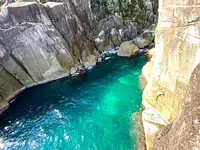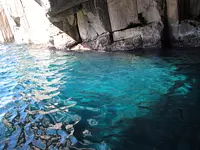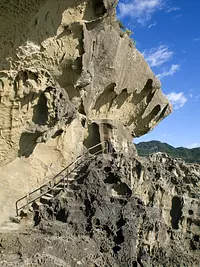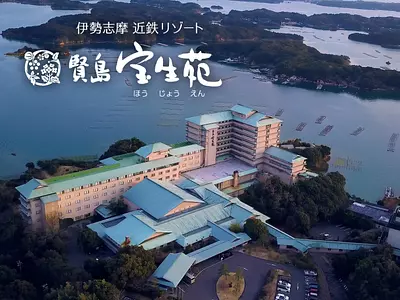Stroll through the retro alleys of Toshijima, a remote island in TobaCity ♪ We even got close to landing the ultimate Toshijima Toro Sawara!
掲載日:2020.12.18
TobaCity has four remote islands that can be accessed by boat from Toba Marine Terminal. Toshijima, the largest and most populated island, is home to a thriving fishing industry, including whitebait, seaweed, and Spanish mackerel, and the island retains the culture and scenery unique to a fishing village. Take a stroll around Toshi Island under the guidance of a guide from Shima no Tabisha! We also learned about Toshijima Toro Sawara, a Toshijima brand that is most delicious from autumn to winter!
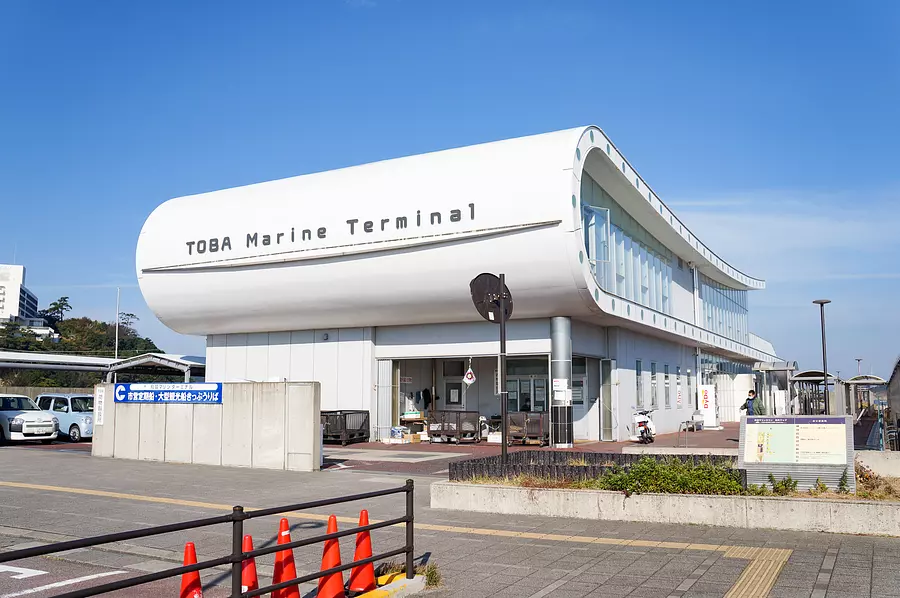
To get to Toshi Island, take a regular boat departing from Toba Marine Terminal, which is a 5-minute walk from Toba Station.
There are three ports where regular ships come and go from Toshi Island: Toshi Port and Wagu Port on the east side of the island, and Momotori Port on the west side.
Choose a port close to the spot you want to visit.
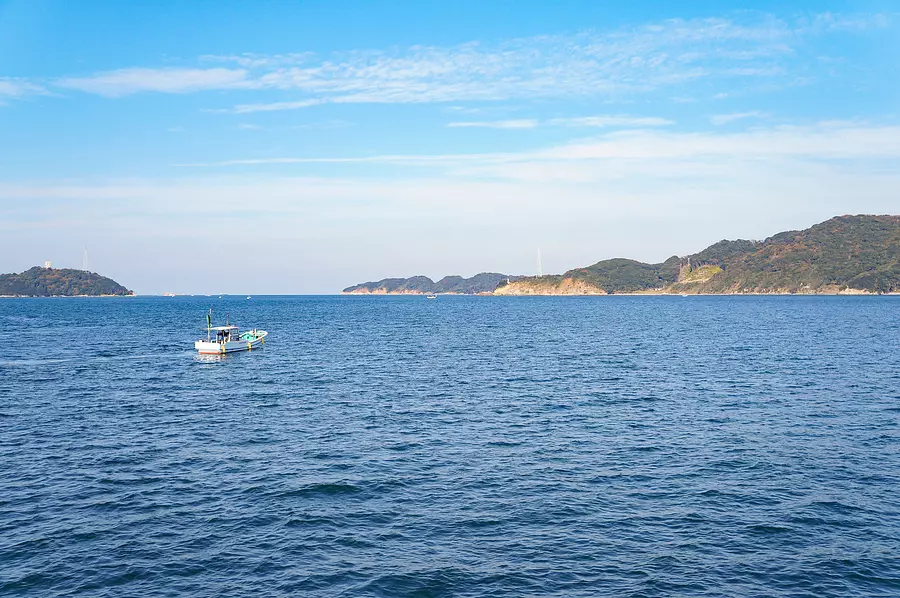
You can also go up to the second floor deck of the regular boat, and enjoy the cruise while admiring the scenery of Toba's sea and ojima!
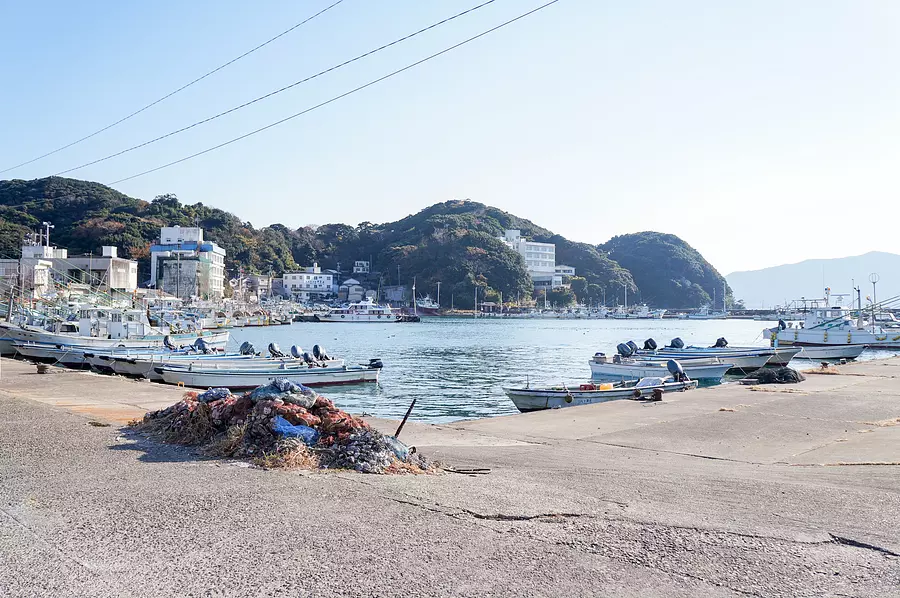
There is a fishermen's cooperative market and a fishing boat stop right next to the regular ferry terminal, and it is obvious from this point that Toshijima is an island with a thriving fishing industry!
In addition to this fishing village scenery, Toshijima is full of other attractions.
Under the guidance of Mr. Yamamoto, a guide from Shima no Tabisha, which spreads information about the charms of Toba's remote islands, we immediately took a walk around the island!
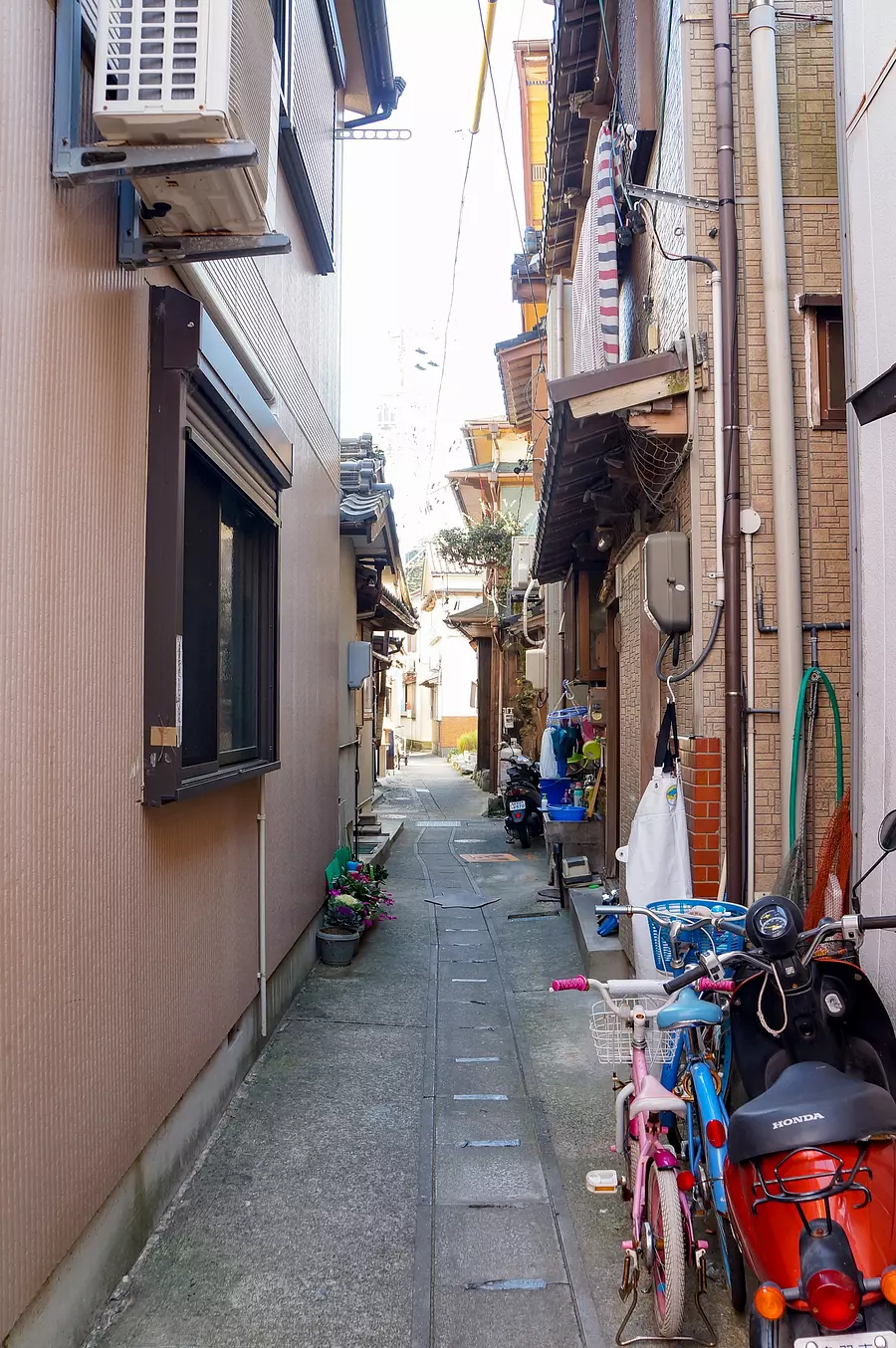
This is a residential area where the islanders live, and the unique scenery of Toshijima can be seen here as well.
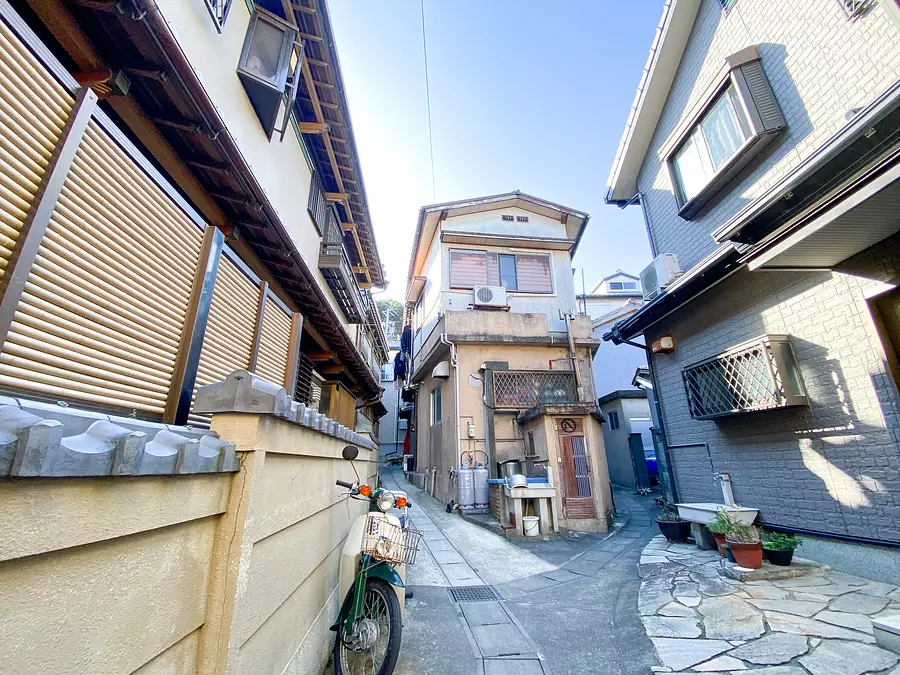
80% of the island is natural forest and there is little flat land on Toshijima Island, so you can see many narrow alleys like this one because the houses are built on the limited land.
The townscape has a retro atmosphere and is fun to take pictures of!
You can walk around and feel like you're in a maze.
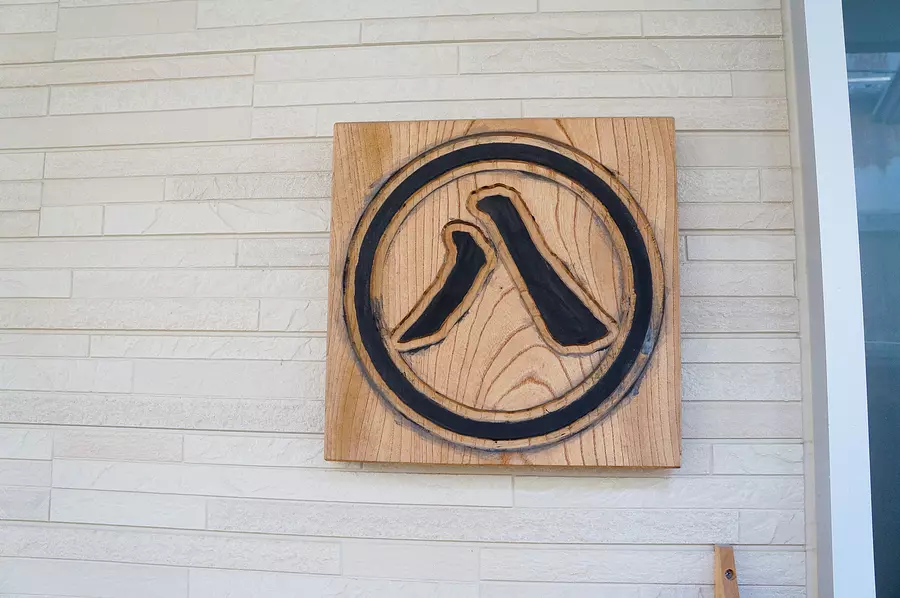
This mark can be seen all over the island, on the walls of houses, doorboards, and even boats, and is said to have the meaning of praying for a good catch and the safety of one's family!
It is often drawn on ink paper used in the ``Kami Matsuri'' festival at Hachiman Shrine on Toshi Island, and is one of the traditions that has been rooted in the island since ancient times.
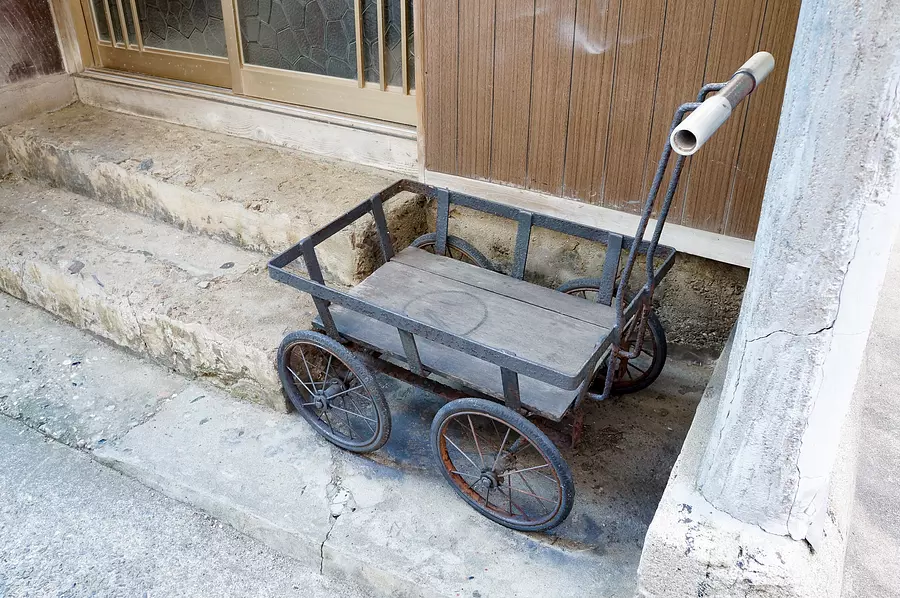
These handcarts are used to carry goods through narrow alleys where cars cannot enter, and are custom-made items made one by one for each household by a blacksmith on the island.
It's interesting to see that every family's Jinjiro car has a different shape!
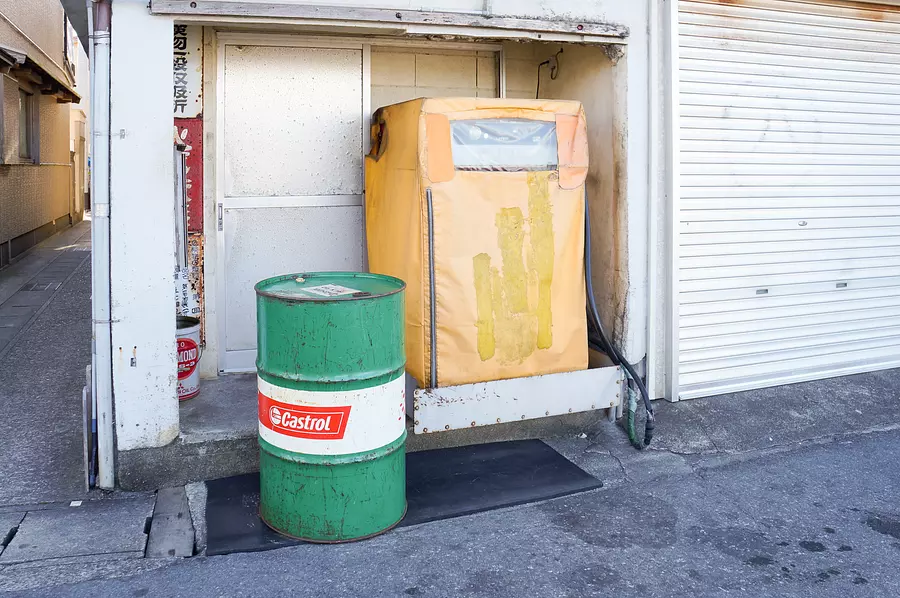
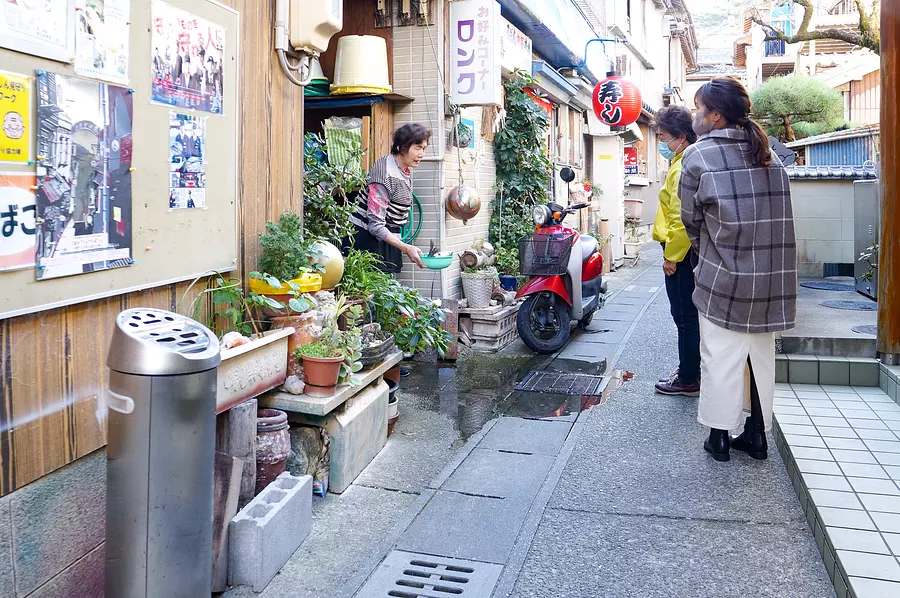
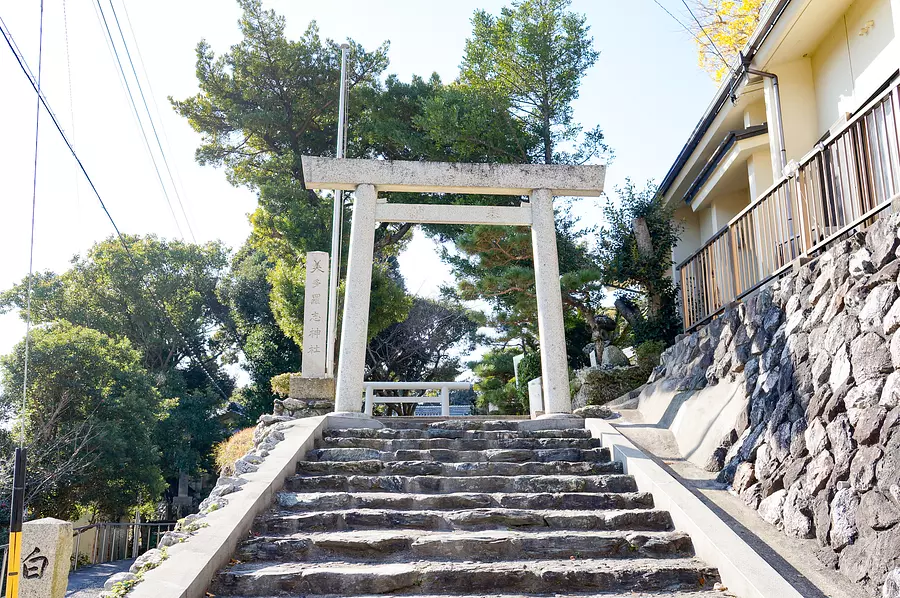
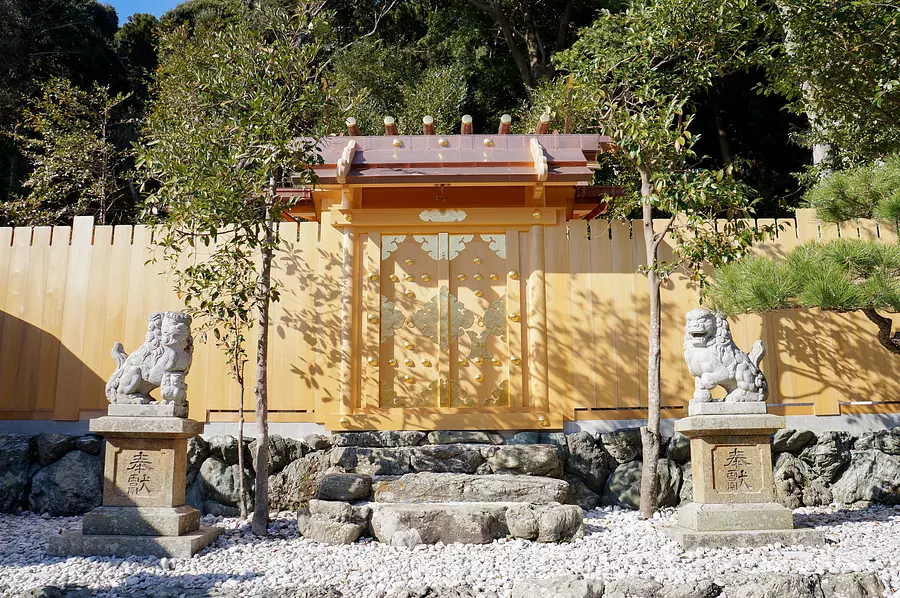
Seeing the brand new main shrine in front of you will make you feel relaxed.
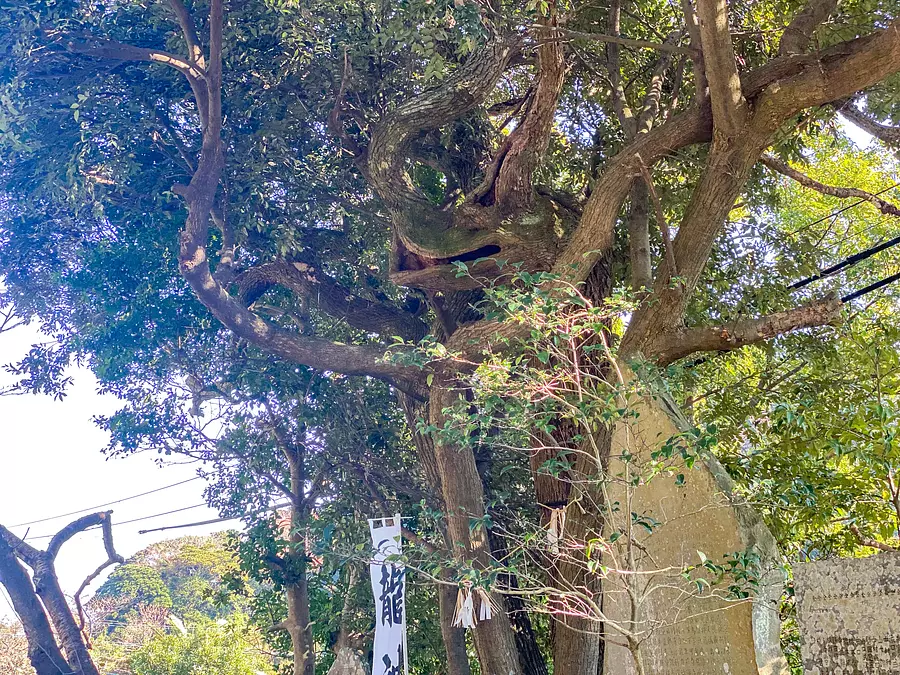
It certainly looks like the profile of a dragon and is very impressive!
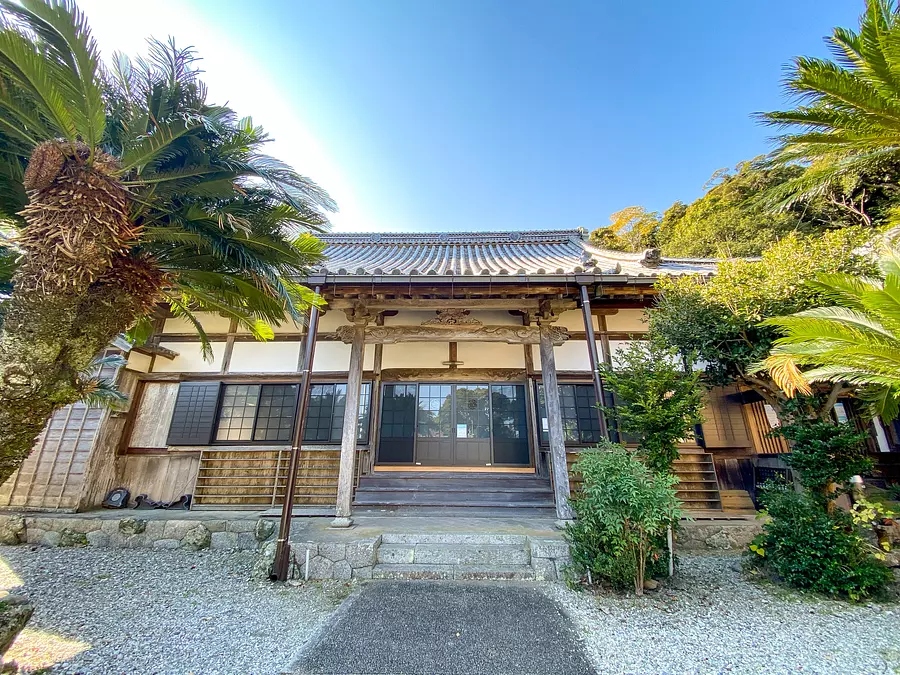
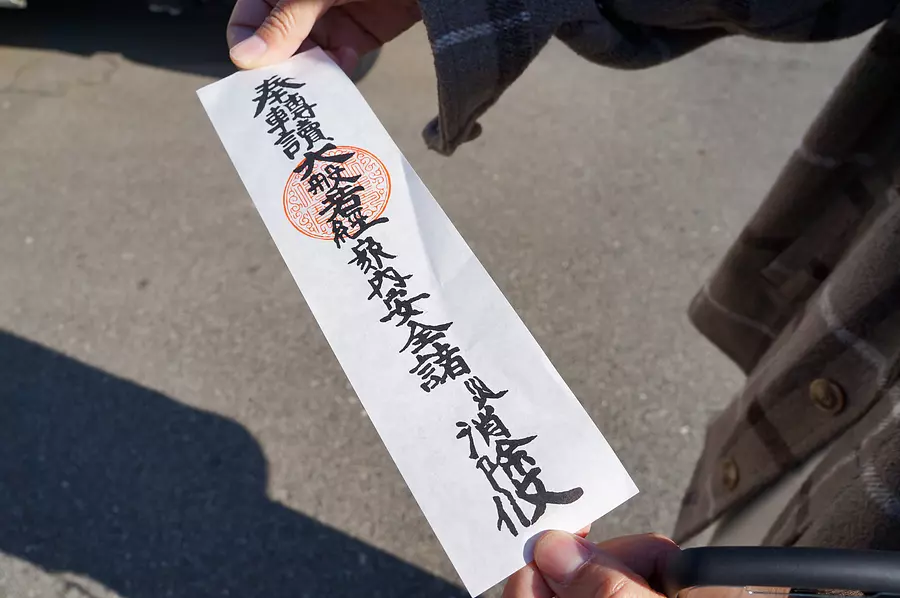
It is said that the people of the island place them on important pillars in their homes or carry them around in their wallets, wishing them safety and protection from illness.
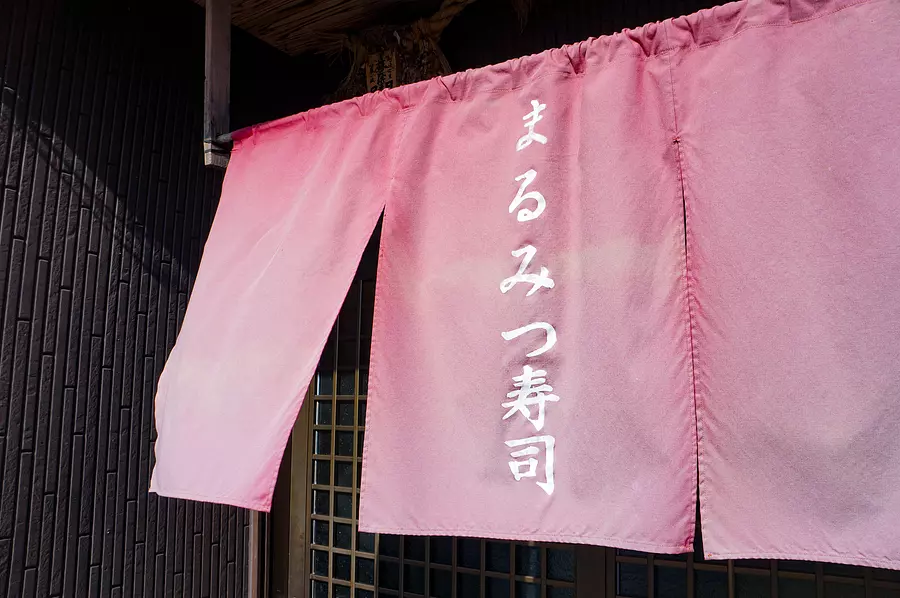
Speaking of Toshijima, it's all about fish, so I visited ``Marumitsu Sushi'' in Wagu.
You can enjoy fresh local fish from the sea right in front of you in a variety of dishes such as sushi, sashimi, and grilled dishes.
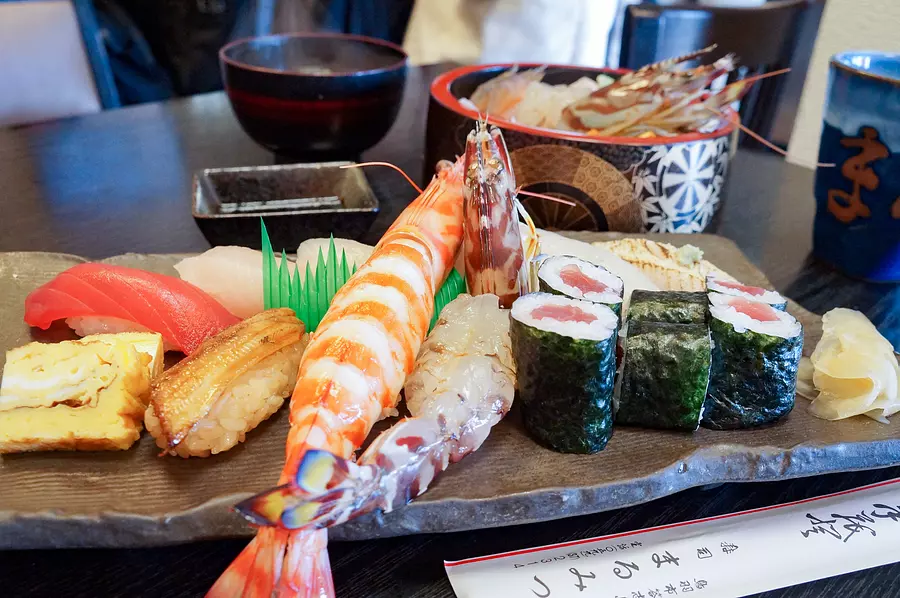
All of the ingredients are fresh, and the shrimp are so crisp that they are still moving a little!
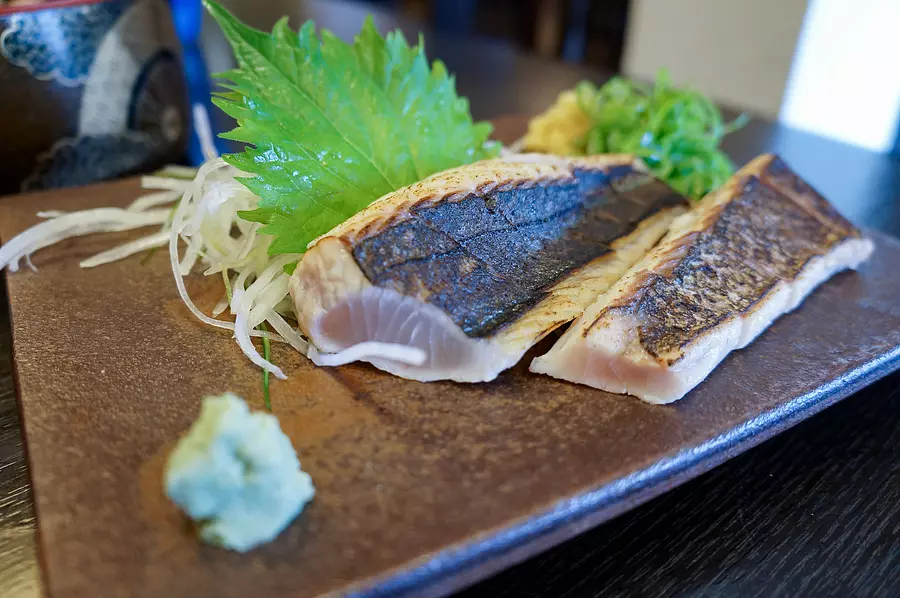
Spanish mackerel is a fast-moving fish, so it is often eaten as grilled fish, but in Toba, where fresh Spanish mackerel is fried, it is eaten as sashimi, sushi, or grilled and seared.
It's so delicious that the meat is soft, fatty, and even sweet!
When I asked the owner about the freshness of the fish,
``Sushi is made from the fish that was just caught that day, or the fish that was just swimming in the fish tank.Because the market is right next door, you can eat fresh food at a reasonable price.''
This volume and freshness at this price is unique to Toshijima!
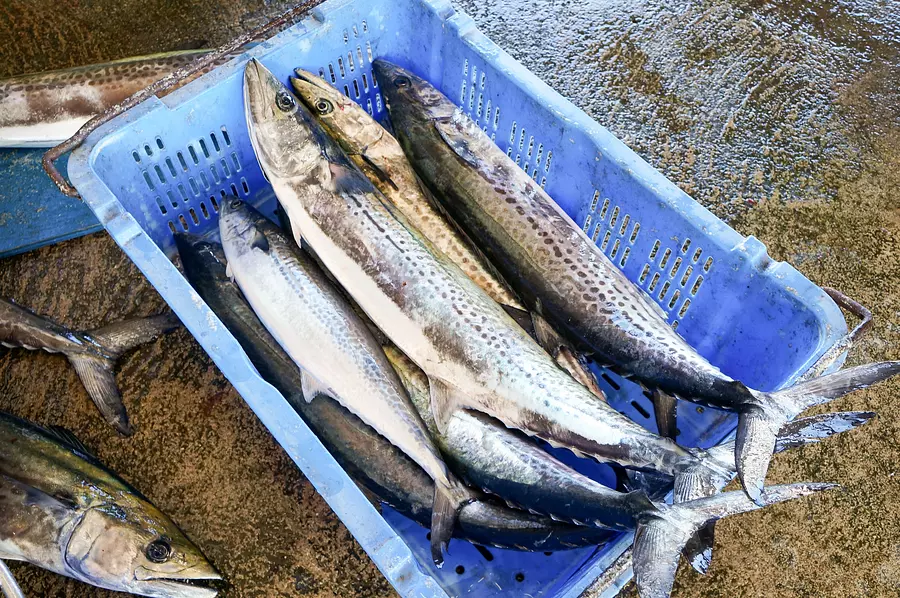
“Toshijima Toro Sawara” has been shipped as a new brand in Toba since 2018.
Spanish mackerel is caught on Toshijima all year round.
In Kanji, the word ``spring'' is written for ``fish,'' and spring is considered to be the season for this fish, but Spanish mackerel from Ise Bay is at its most fatty and delicious from fall to winter.
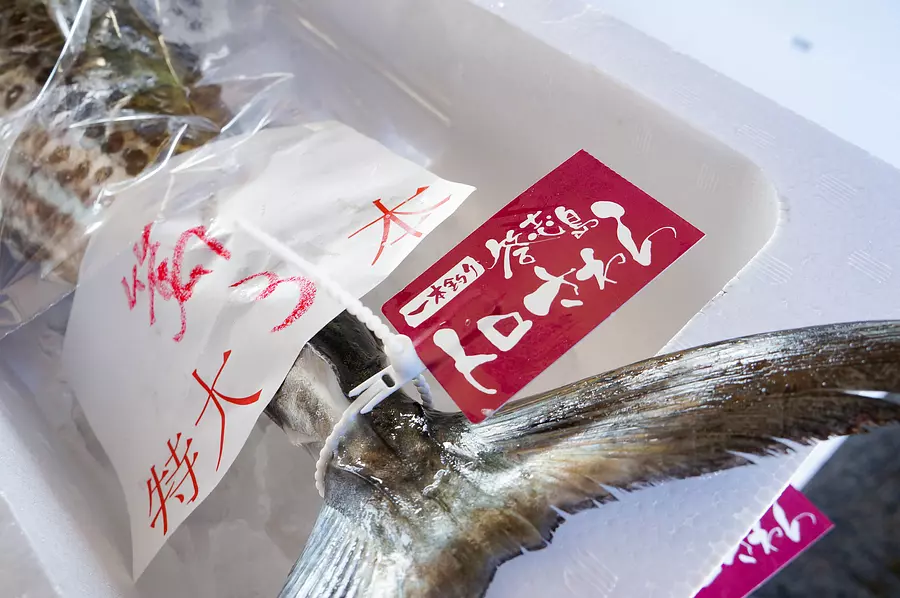
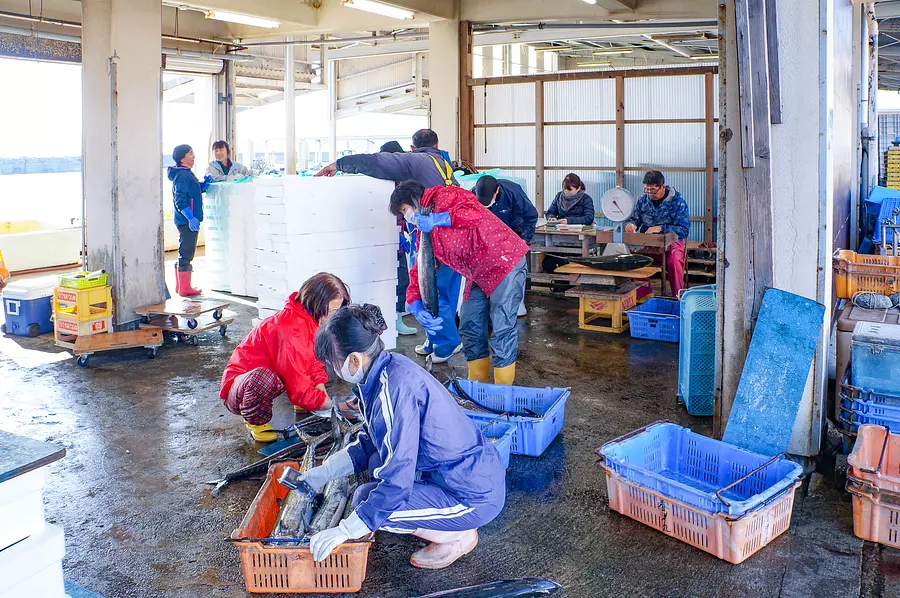
As a result, the market quickly became more active.
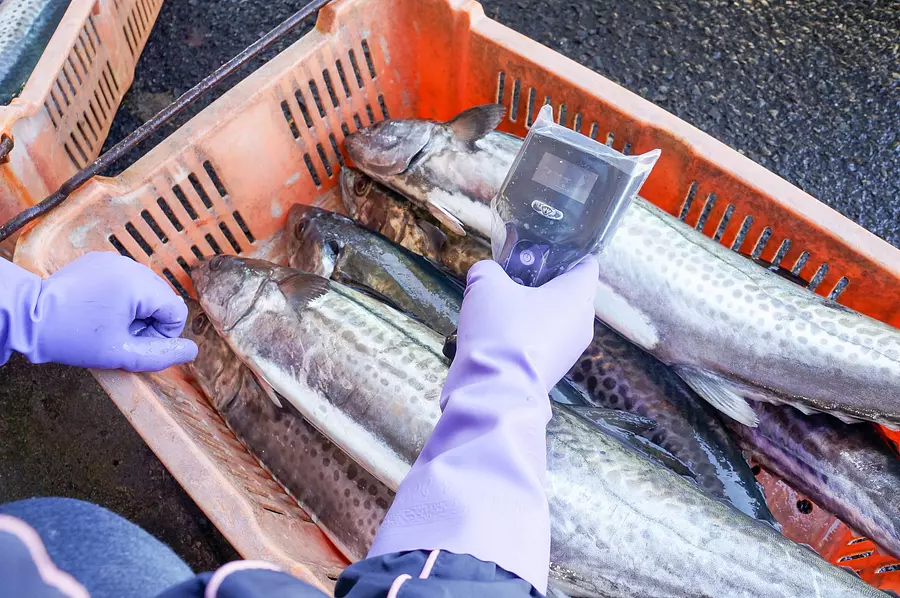
The fish is immediately run through a fish analyzer to measure fat content.
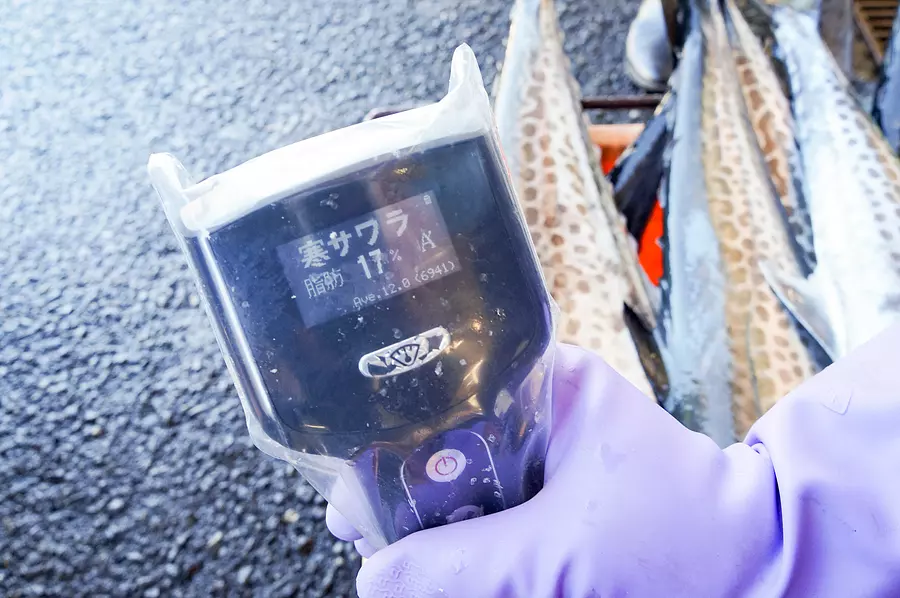
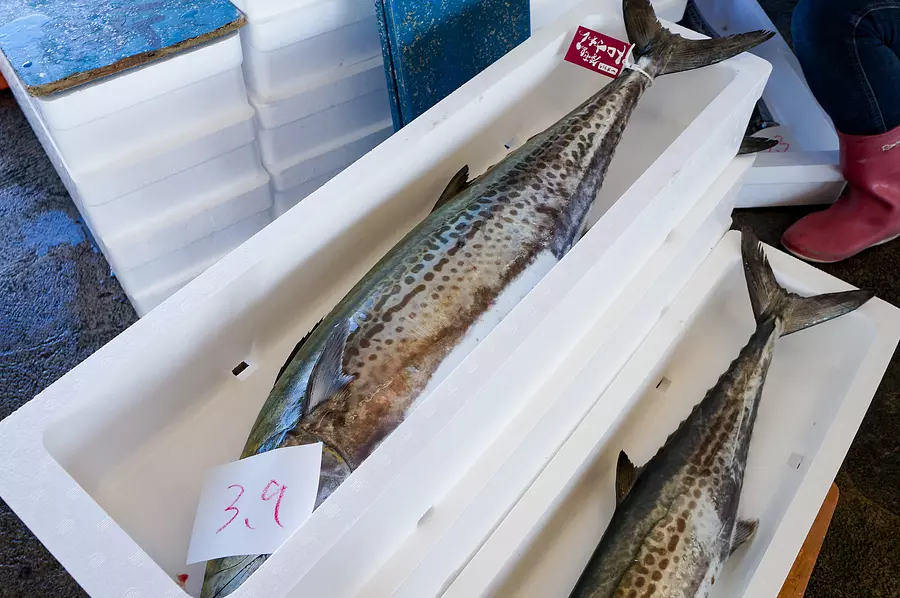
What surprised me was how fast the fishermen and their wives moved here!
Everything is measured, tagged, and packed in a flash.
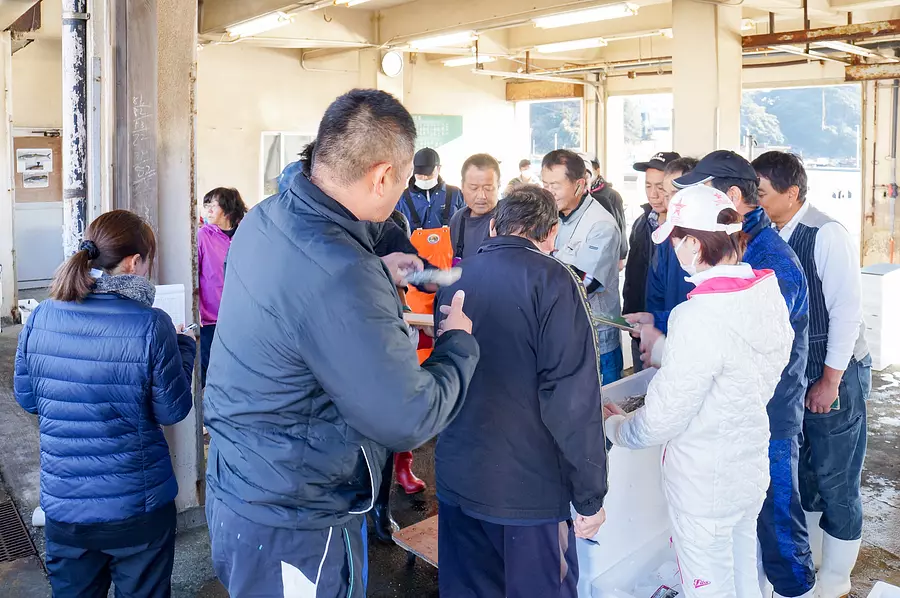
More than 10 buyers gather on this day, including sushi restaurants, hostesses of inns, and fish brokers on the island, and the auction begins.
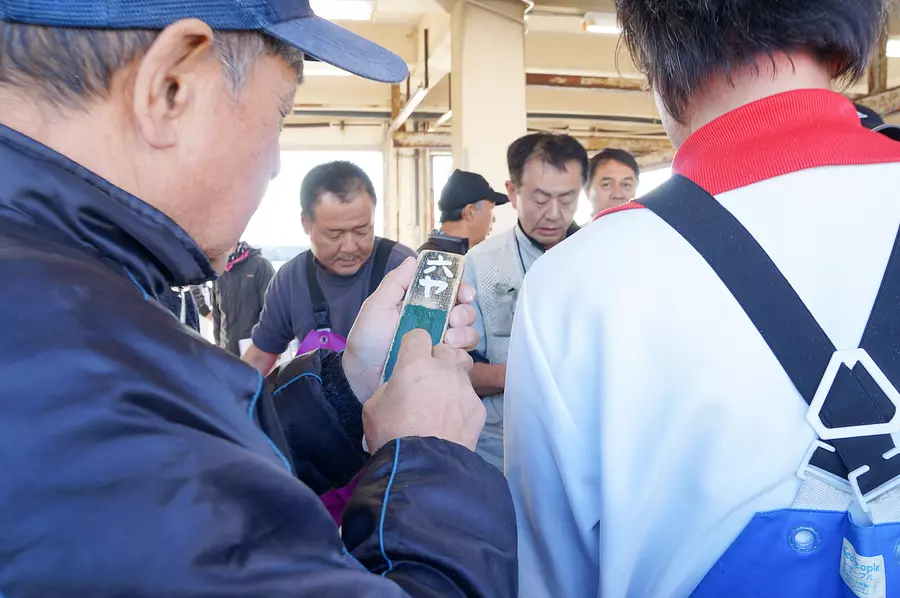
All the Spanish mackerel were bought.
In this way, Spanish mackerel from Toshijima is shipped not only within the island, but all over the country.
It was a very satisfying trip, witnessing the traditional townscape where time passes slowly, the culture of the island that has been passed down since ancient times, the fresh and delicious seafood, and the operation of the fishing grounds!
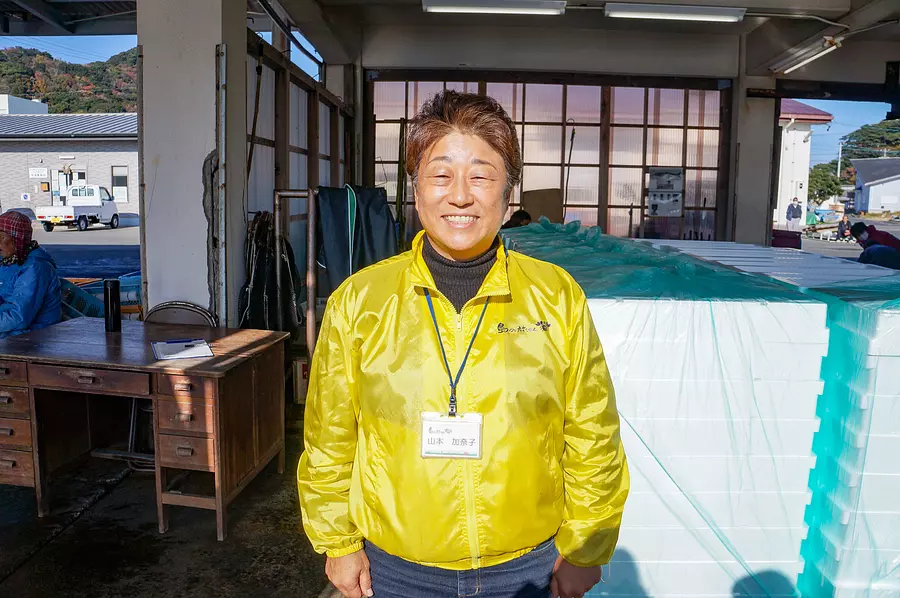
He showed us around the island in a friendly and fun way, and by the time we returned, we had become good friends!
``Rather than providing detailed tourist information, I place importance on talking to the people I pass by, the fishermen, and interacting with the island's residents.Everyone's dialect is difficult (lol), but when you meet them, they are warm and caring. We have a deep bond with each other," he says, talking about the appeal of Toshijima.
*This course is an arrangement of the "Back Alley Snack Eating Experience" plan (currently closed to prevent the spread of coronavirus), where you tour the back alleys of the island and sample the foods that islanders usually eat. The auction tours are only possible with special permission.
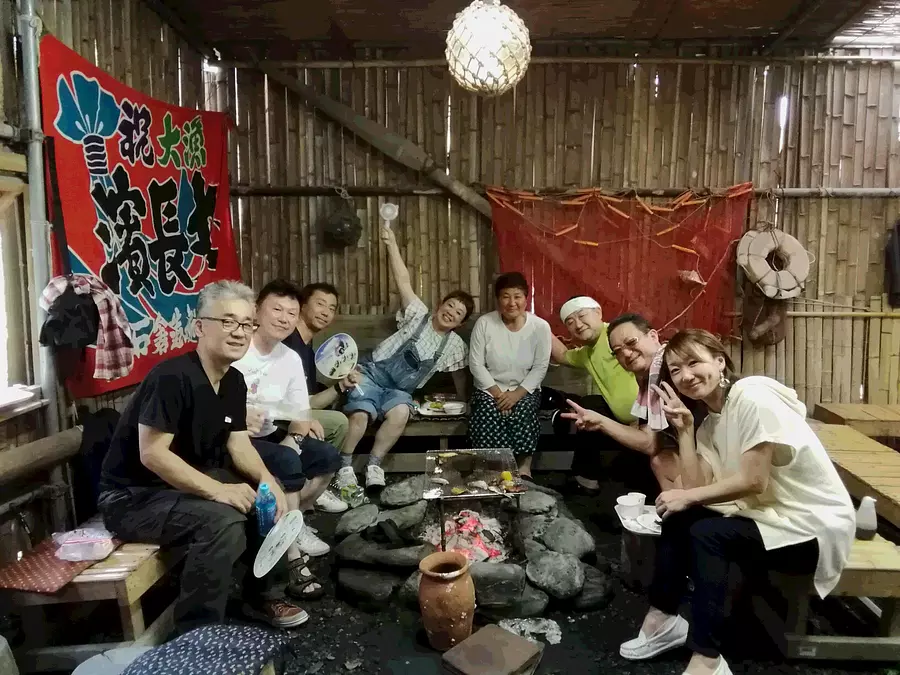
The island's travel agency offers a variety of other experiences, including the `` AmaHut(Amagoya)AmaHut(Amagoya)Experience,'' where you can sit around an irori hearth and enjoy Toshi Island's seafood grilled over charcoal in an ama hut built by the island's people!
AmaHut(Amagoya)experience
【Fee】
・4 or more adults 3,500 yen per person (tax included)
・3 adults 4,200 yen per person (tax included)
・2 adults 4,550 yen (tax included)
Please check the island travel agency's website for other experience menus!
Address: 943 TobaCity, 517-0002
Phone number/0599-37-3339
Official URL/https://www.shima-tabi.net/
Business hours/10:00-16:00
Access by public transportation/5 minutes walk from JR/Kintetsu Toba Station Board the municipal liner from Toba Marine Terminal
Access by car: Approximately 15 minutes by car from Ise Expressway (Ise IC) to "Sadahama Parking Lot 1" next to Toba Marine Terminal.
Parking lot (paid)/Sadahama parking lot (No. 1 to 3) Total 1,004 spaces
| Category | |
|---|---|
| season | |
| area |
